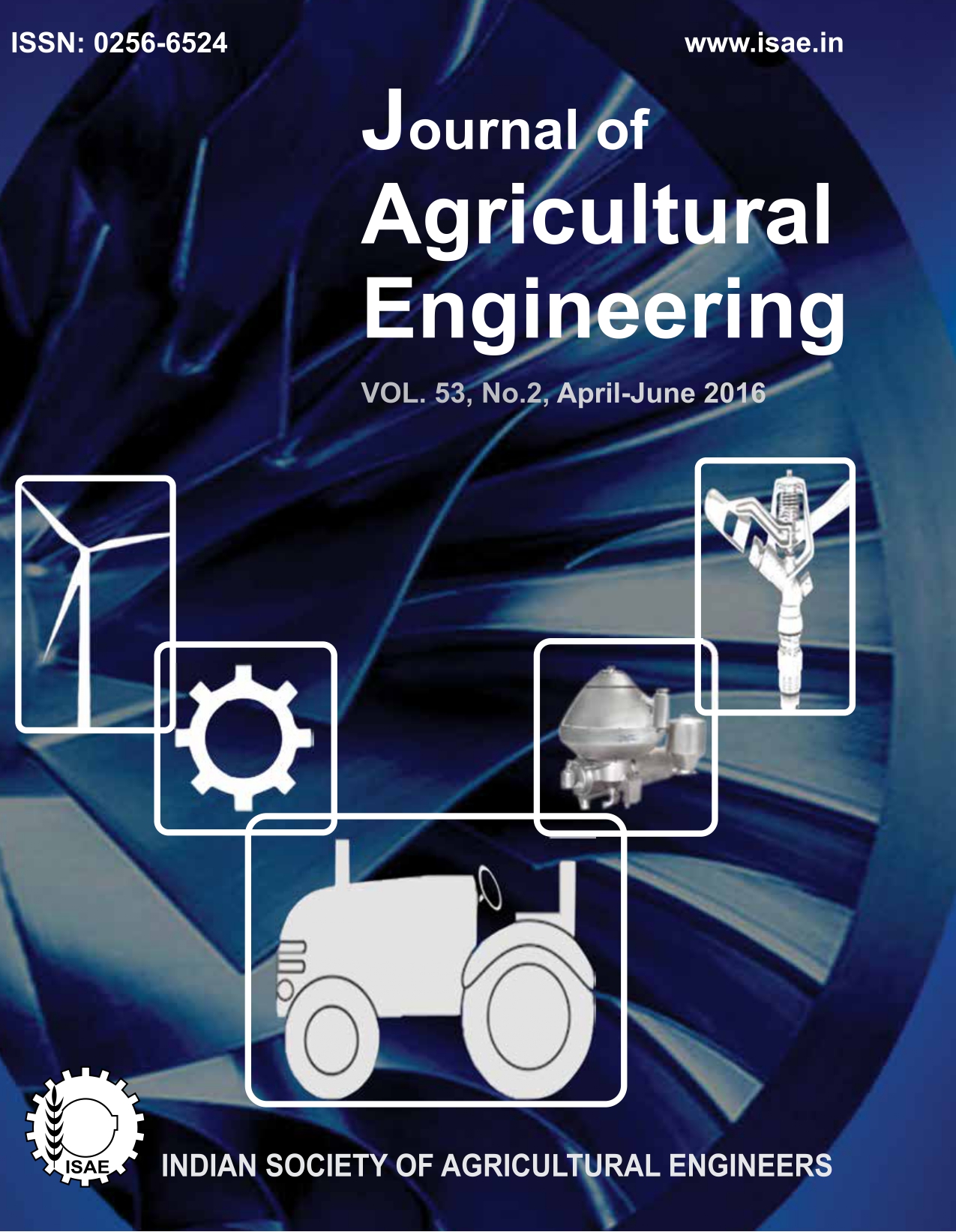Kinetic Binding Analysis of Biomolecular Interactions Using Surface Plasmon Resonance System
DOI:
https://doi.org/10.52151/jae2016532.1602Keywords:
Antigen, antibody, small molecule, biomolecular interaction, binding kinetics, enzyme inhibitionAbstract
Surface plasmon resonance (SPR) technology is a versatile and sensitive tool widely used for kinetic studies of interactions between unlabelled biomolecules in real time. The interactions of 4-carboxy benzene sulfonamide (4-CBS) inhibitor, with the enzyme carbonic anhydrase II (CA II) and Interleukin 2 with its antibody (IL 2 antibody) were determined at different concentrations by injecting at a flow rate of 100 μl.min-1 for 60s (100 μl) for a 1 min association phase, which was followed by a 2 min dissociation phase. Langmuir model yielded the rate constants ka and kd , which were of the order of 1.58E+3 M-1. s-1 and 0.04 s-1, respectively, and equilibrium dissociation constant was 2.45E-7 M. Automatic artifact removal, using software options and double referencing (by injection of running buffer to nullify non-specific interactions), further improved the quality of response. Langmuir model yielded the rate constants ka and kd , which were of the order of 2.79E+5 M-1.s-1 and 1.43E-4 s-1, respectively, and equilibrium dissociation constant was 5.17E-7 M. The results illustrate the potential of such kinetic analysis in disease management, drug discovery and for detection of pathogens, toxins, pesticides and antibiotic residues based on either enzyme inhibition or antigen-antibody binding
References
Abdiche Y N; Malashock D; Pinkerton A; Pons J. 2008. Determining kinetics and affinities of protein interactions using a parallel real-time label-free biosensor. Octet. Anal. Biochem., 377, 209-17.
Bergwerff A A; Knapen F V. 2006. Surface plasmon resonance biosensors for detection of pathogenic microorganisms: strategies to secure food and environmental safety. J. AOAC Int., 89, 826-831.
Bravman T; Bronner V; Nahshol O; Schreiber G. 2008. The proteon XPR36 array system -high throughput kinetic binding analysis of biomolecular interactions. Cell. Mol. Bioeng., 1, 216-228.
Cooper M A. 2003. Label-free screening of biomolecular interaction. Anal. Bioanal. Chem., 377, 834-42.
Cooper M A. 2006. Optical biosensors: where next and how soon? Drug Discovery Today, 11, 1061-1067.
Dudak F C; Boyaci I H. 2007. Development of an immunosensor based on surface plasmon resonance for enumeration of Escherichia coli in water samples. Food Res. Int., 40, 803-807.
Fernandez F; Hegnerova K; Piliarik M; Sanchez- Baeza F; Homola J; Pilar Marco M. 2010. A label-free and portable multichannel surface plasmon resonance immunosensor for on site analysis of antibiotics in milk samples. Biosen. Bioelectron., 26, 1231-1238.
Fratamico P M; Strobaugh T B; Medina M B; Gehring A G. 1998. Detection of Escherichia Coli O157:H7 using a surface plasmon resonance biosensor. Biotechnol. Tech., 12 (7), 571-576.
Frasconi M; Tel-Vered R; Riskin M; Willner I. 2010. Surface plasmon resonance analysis of antibiotics using imprinted boronic acid-functionalized Au nanoparticle
composites. Anal. Chem., 82 (6), 2512-2519.
Homola J. 2003. Present and future of surface plasmon resonance biosensor. Anal. Bioanal. Chem., 377, 528-539.
Hodnik V; Anderluh G. 2009. Toxin detection bysurface plasmon resonance. Sen., 9, 1339-1354.
Indyk H E; Evans E A; Caselunghe M C B; Persson B S; Finglas P M; Woollard D C; Filonzi E L. 2000. Determination of biotin and folate in infant formula and milk by optical biosensor-based immunoassay. J. AOAC Int., 83, 1141-1148.
Indyk H E; Filonzi E L. 2003. Determination of immunoglobulin G in bovine colostrum and milk by direct biosensor SPR-Immunoassay. J. AOAC Int., 86, 386-393.
Jiang X; Li D; Xu X; Ying Y; Li Y; Ye Z; Wang J. 2008. Immunosensors for detection of pesticide residues. Biosen. Bioel., 23, 1577-1587.
Nahshol O; Bronner V; Notcovich A; Rubrect L; Laune D; Bravman T. 2008. Parallel kinetic analysis and affinity determination of hundreds of monoclonal antibodies using the ProteOn XPR36. Anal. Biochem.,47, 1051-1060.
Oh K; Lee S; Seo J; Lee D; Kim T. 2010. Rapid serodiagnosis with the use of surface plasmon resonance imaging for the detection of antibodies against major surface protein A of Mycoplasma synoviae in chickens. Can. J. Vet. Res., 74, 71-74.
Rich R L; Myszka D G. 2007. Higher-throughput, label-free, real-time molecular interaction analysis. Anal. Biochem., 361, 1-6.
Sim S J; Kang C D. 2010. Method of detecting pathogenic microorganism in real time, using modified flow-type surface plasmon resonance biosensor. Patent No.: US 7,718,355B2.
Son J R; Kim G; Kothapalli A; Morgan M T; Ess D. 2007. Detection of Salmonella enteritidis using a miniature optical surface plasmon resonance biosensor. J. Phys., 61, 1086-1090.
Yasmina S N D; Baird C L; Rich R L; Myszka D G. 2002. Direct comparison of binding equilibrium, thermodynamic, and rate constants determined by surface- and solution-based biophysical methods. Protein Sci., 11, 1017-1025.














